Learning how to professionally remove wallpaper from your wall can seem like a tedious task, but with the right tools, and techniques you’ll learn, and a little patience, you can restore your walls to a clean slate.
Removing old and outdated wallpaper from your wall is often a necessary step to take.
In this comprehensive guide, we’ll walk you through the step-by-step process of removing wallpaper and ensuring you achieve the best results with minimal wall damage.
So, before we proceed, what is wallpaper?
What Is Wallpaper?
Wallpaper is a decorative material used to cover and enhance the appearance of interior walls.
It comes in rolls and is applied using wallpaper paste or adhesive.
Wallpaper comes in various patterns, colors, and textures, and it can be made from different materials like paper, vinyl, or fabric.
It is often used to add style, texture, and personality to a room.
Now that we know what wallpaper is, let’s go deeper to understand the various wallpaper and wall types.
Understanding The Various Types of Wallpaper and Wall Types That We Have.
Before we dive into the process of how to professionally removal wallpaper, you must understand the type of wallpaper you have and the material of your walls.
Different wallpapers and wall types may require different techniques and tools for removal.
What Are The Types Of Wallpaper We Have?
Traditional Wallpaper
The traditional wallpaper is made up of paper and it adheres with wallpaper paste.
It’s often the most challenging to remove among them all.
Vinyl Wallpaper
This type of wallpaper features a vinyl coating that makes it more durable and easier to clean.
It can often be peeled off in large sheets because of its vinyl-coating nature.
Peel and Stick Wallpaper
The peel-and-stick wallpapers are designed for easy removal, this type of wallpaper is usually the easiest to take down without much fuss.
Textured Wallpaper
These types of wallpapers come with patterns or textures on them that can make removal tricky, as they may leave behind more residue than the other wallpapers.
Tools and Materials Needed For Removing Wallpaper From The Wall
Before we start the wallpaper removal process, it is necessary you know the tools and materials needed.
Having everything on hand will make the whole process smoother and more efficient.
Tools For Removing Wallpaper From Your Wall
To professionally remove wallpaper from your wall without much or any damage to your wall, you need the following tools.
Wallpaper scraper or putty knife
Scoring tool ( to score the wallpaper)
Sponge or cloth ( for cleaning)
Spray bottle or garden sprayer ( for wetting the wallpaper)
Steamer (optional)
Drop cloths or plastic sheeting (to protect your floor)
Painter’s tape ( for protecting your light fitting etc)
Bucket ( for water)
Ladder ( for climbing high places)
Materials For Removing Wallpaper From Your Wall
Warm water
Wallpaper removal solution (or a mixture of vinegar and water)
Dish soap (optional)
Spackling compound (for wall repairs)
Sandpaper (for smoothing walls after removal)
Primer (for preparing the wall for painting or new wallpaper)
The Step-By-Step Guide on How To Professionally Remove Wallpaper From Your Wall
Step 1. Prepare the Room Where You Will Remove The Wallpaper
Proper preparation is key to a successful wallpaper removal process.
So, you start the process by preparing the room to protect your floors, furniture, and electrical outlets.
Clear the Room
You need to remove as much furniture and décor as possible. Then cover any remaining furniture with your plastic sheeting or drop cloths.
Protect Your Floors
Lay down your drop cloths or plastic sheeting to protect your floors from water and adhesive residue.
Turn Off Your Power Supply
For safety, please turn off the power to the room where you’ll be working.
Then, remove or tape over your electrical outlet covers and light switch plates to protect them from moisture.
Allow Adequate Ventilation
Open your windows or doors to ensure proper ventilation in the room, especially if you’re using chemical wallpaper removal solutions.
Step 2. Test a Small Area First
Before you dive into the full removal process, it’s wise to first test a small area of the wallpaper to determine the best removal method.
This step will help you avoid damaging the wall and wasting time on ineffective techniques.
Score the Wallpaper
Use your scoring tool to perforate the wallpaper slightly. This will help allow moisture to penetrate and loosen the adhesive from the inside.
Apply Water or Your Removal Solution
Use your sprayer to spray a small section of the wallpaper with warm water or your wallpaper removal solution.
Then Let it sit for a few minutes to soften the adhesive.
Scrape Off the Wallpaper
Use your wallpaper scraper or putty knife to gently lift the wallpaper from the wall.
Suppose it comes off easily, Beautiful! You’re ready to proceed.
If not, you may need to adjust your approach, such as using a steamer or a different solution, but I’m positive that will work.
Step 3. Score the Wallpaper
Scoring is very essential if your wallpaper is not peel-and-stick or has a vinyl coating.
This process helps allow moisture to penetrate the adhesive very well and allows easy removal.
It is particularly important for traditional wallpapers.
Use Your Scoring Tool
Using your scoring tool, gently roll over the wallpaper, making sure to cover the entire surface.
Be careful not to press too hard, as you don’t want to damage the wall beneath.
Focus on Tough Areas
You should pay special attention to corners, edges, and seams where the wallpaper might be more stubborn, this is because those areas received more adhesive during installation.
Step 4. Apply Your Wallpaper Removal Solution
The next step on how to professionally remove wallpaper from your wall is to apply your wallpaper removal solution to soften the adhesive, making it easier to scrape off the wallpaper.
Mix Your Removal Solution
If you’re using a commercial wallpaper removal solution, follow the manufacturer’s instructions for mixing.
But if you prefer the DIY approach, then mix equal parts of warm water and vinegar, adding a few drops of dish soap for extra adhesion.
Apply Your Removal Solution
Fill your spray bottle or garden sprayer with the solution and generously apply it to the wallpaper.
Note! Start from the top and work your way down, ensuring the entire surface is soaked.
Let The Sprayed Removal Solution Sit For A While
Allow the solution to sit for about 15-20 minutes to penetrate the adhesive very well.
Although, for tougher wallpaper, you may need to reapply the solution and let it sit longer.
Step 5. Remove Your Wallpaper
Now, here comes the part where you start removing your wallpaper properly.
Depending on the type and age of the wallpaper, this can be a straightforward or challenging process.
Follow this simple procedure;
Start From The Top Edge
Begin your removal from the top edge, using your wallpaper scraper or putty knife to gently lift the wallpaper from the wall.
Peel Away The Wallpaper
Once you have a section lifted, slowly peel the wallpaper away from the wall.
For stubborn spots and areas, don’t rush it, just use your scraper to assist in the removal.
Reapply Your Wallpaper Removal Solution If Needed
If you encounter difficult areas, reapply the wallpaper removal solution and let it sit for a few minutes before attempting to remove the wallpaper again.
Use a Steamer (Optional)
For particularly very stubborn wallpaper, a wallpaper steamer can be a game-changer.
You only need to hold the steamer against the wallpaper for a few seconds, then use your scraper to remove it with ease.
Step 6. Remove Any Remaining Adhesive
Once you successfully remove your wallpaper from the wall, it’s very important to clean the wall thoroughly to remove any leftover adhesive.
These leftover adhesive can sometimes cause problems if you plan to paint or apply new wallpaper
Apply Warm Water
Dampen your sponge or cloth with warm water and wipe down the walls to remove any remaining adhesive.
You may need to scrub the wall lightly in some areas to completely get rid of the remaining adhesive.
Use Your Wallpaper Removal Solution
If warm water alone isn’t enough depending on your wallpaper, then apply a wallpaper removal solution or a mixture of warm water and vinegar to the adhesive.
Let it sit for a few minutes, then scrub it with your sponge or cloth.
Rinse the Walls
After successfully removing the adhesive, rinse the walls with clean water to remove any residue from the removal solution on the wall.
Step 7. Repair and Prepare Your Walls
With your wallpaper and adhesive removed, you may still notice some damage to the walls, which is normal.
Inspect Your Walls
Look at your walls for any holes, scratches, or dents. Use fillers to fill in these areas, then smooth them with a putty knife or sandpaper.
Sandpaper Your Walls
Once the filler is dry, sandpaper the entire walls lightly to create a smooth surface.
This step is crucial for achieving a flawless finish when painting or applying new wallpaper.
Clean Your Walls
Wipe down the walls with your damp cloth to remove any dust from sanding. Allow the walls to dry completely before moving on to the next step.
Step 8: Prime Your Walls
Priming the walls is an essential step if you plan to paint or apply new wallpaper.
Primer helps you to create a smooth, even surface and ensures better adhesion for paint or wallpaper.
Choose the Right Primer
Make sure you select a primer that’s suitable for your wall material and the type of finish you’re planning on installing (e.g., paint or wallpaper).
Apply Your Primer
Use a roller or brush to apply an even coat of your primer to the walls.
Start from the top and work your way down, covering the entire wall surface.
Allow the Primer to Dry
Follow the manufacturer’s instructions for the drying time of the primer.
Once the primer is dry, you’re ready to move on to painting or wallpapering.
Professional Tips and Tricks on How To Professionally Remove Wallpaper
Work in Small Section
When removing wallpaper, it’s best to work in small sections rather than tackling the entire wall at once.
This will allow you to focus on each area and ensure that the removal solution doesn’t dry out before you get to it.
Be Patient When You Want To Professionally Remove Your Wallpaper
Wallpaper removal can be a time-consuming process, especially if you’re dealing with multiple layers of wallpaper or stubborn adhesive.
Don’t rush the process, take your time and be patient to avoid damaging the walls.
Use Safety Kits
When using a steamer or chemical removal solution, always wear protective gear such as gloves, goggles, and a mask to protect yourself from fumes and hot steam.
Test New Paint or Wallpaper
Before applying new paint or wallpaper, always test it first.
Consider testing a small section of your wall to ensure it adheres properly and looks how you want it to.
Some Common Mistakes You Should Avoid When Professionally Removing Your Wallpaper
Skipping the Scoring Step
The scoring step is very important and failing to score the wallpaper can make it much harder for the removal solution to penetrate the adhesive, leading to a more difficult removal process.
Over-saturating the Walls
While it’s important to apply enough solution to soften the adhesive, be careful not to over-saturate the walls, especially if they’re made of drywall.
Excess moisture can damage the wall surface so apply it moderately.
Rushing the Process
Trying to rush through the wallpaper removal process can lead to mistakes and potential wall damage.
Take your time and work methodically to ensure a smooth and professional removal.
Conclusion
Learning how to professionally remove wallpaper from your wall can be a manageable task that, with the right approach, can be done effectively without damaging your walls.
Following this step-by-step guide, you can achieve a professional, smooth, and clean surface ready for your next decorating project.
Whether you plan to paint, apply new wallpaper, or simply enjoy the look of a freshly cleaned wall, the effort you put into removing the old wallpaper will be well worth it.
Hope this was helpful.





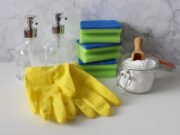
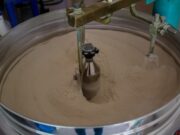



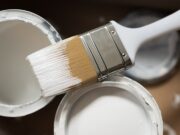

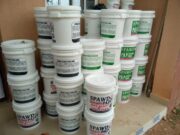

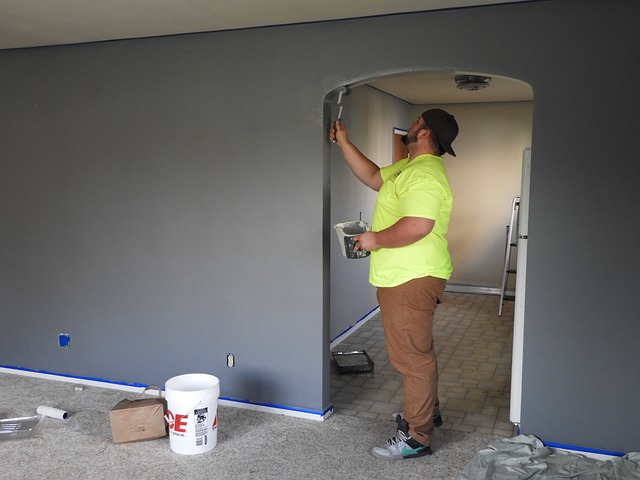
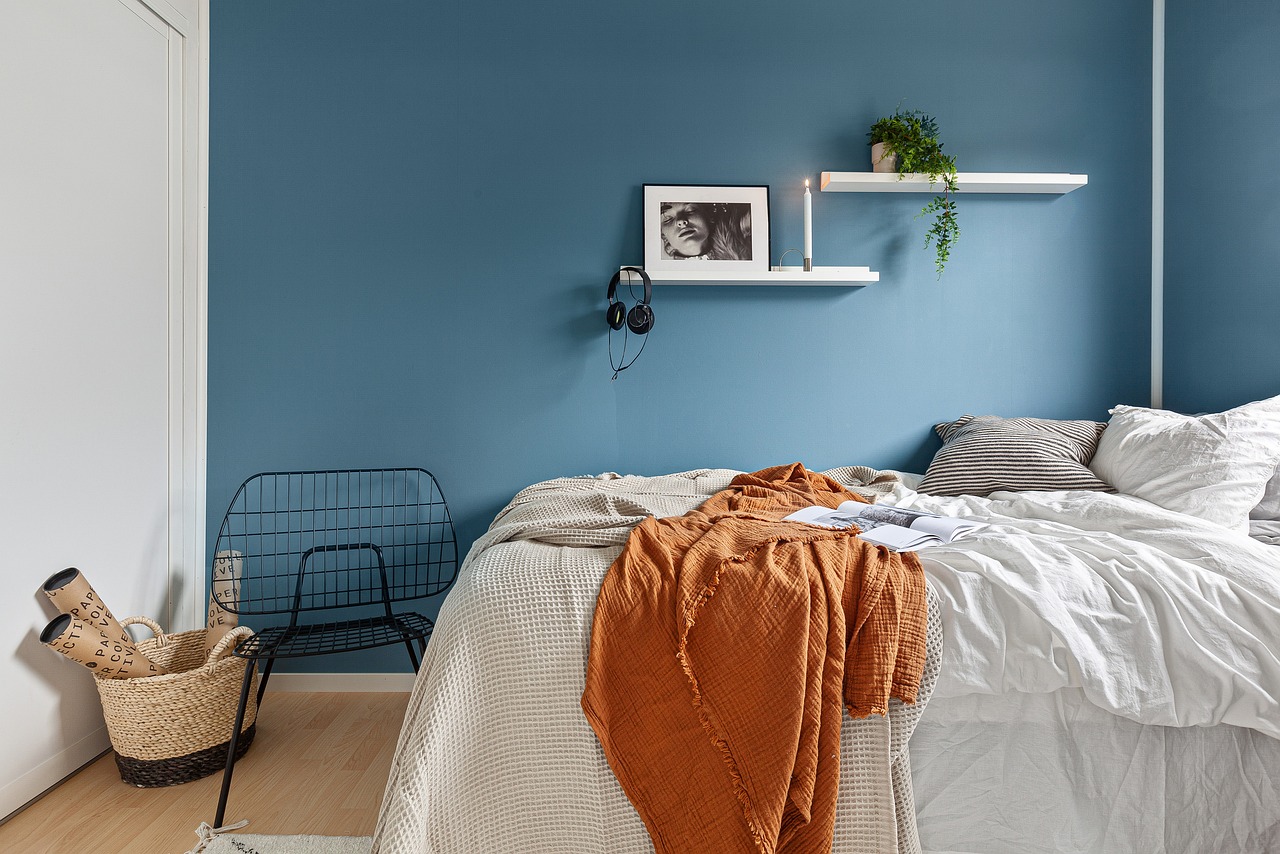

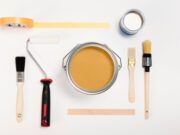
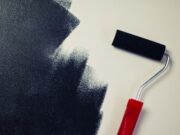
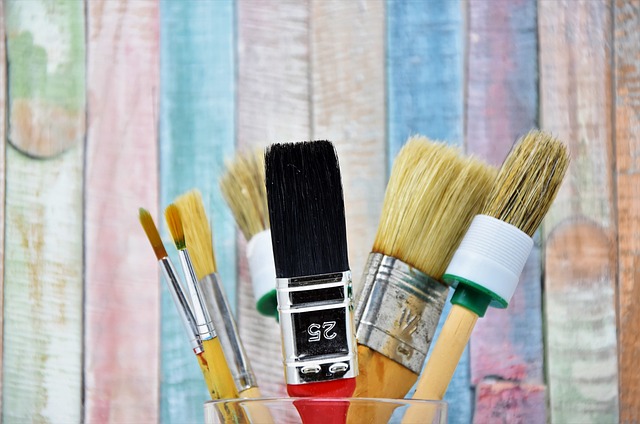


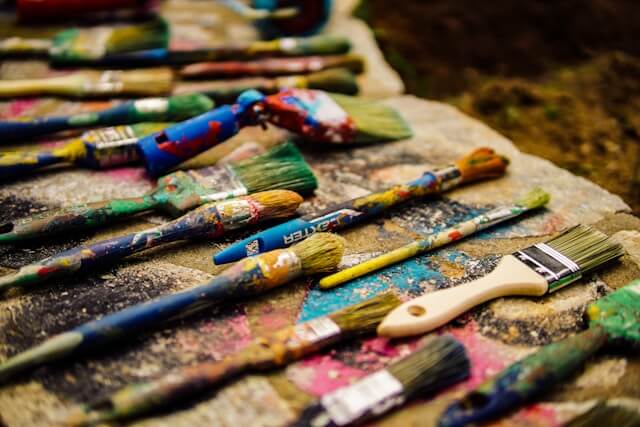

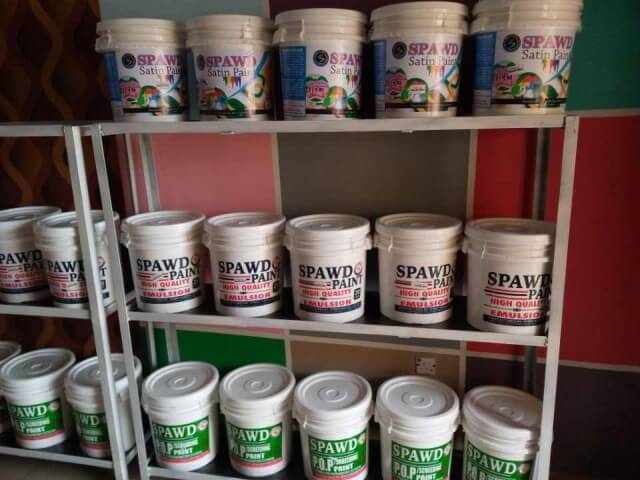
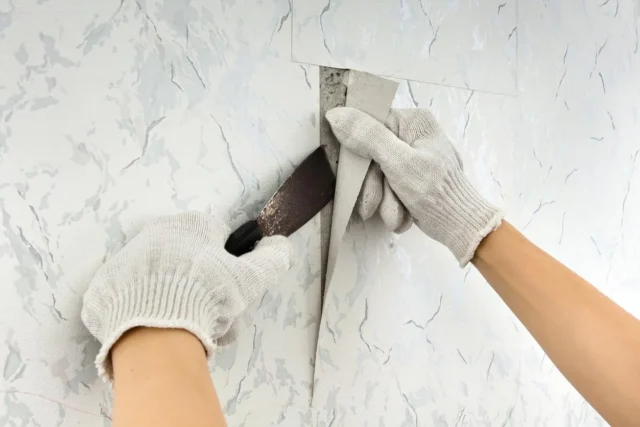

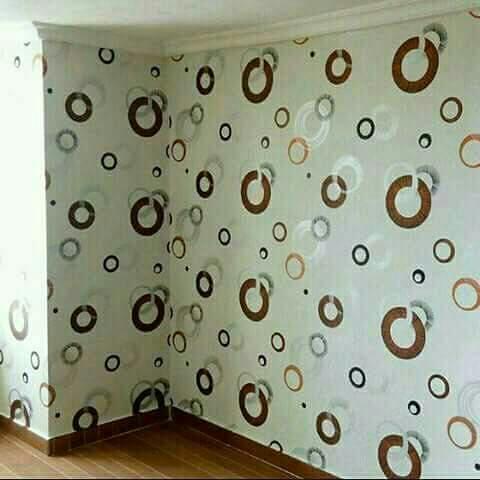



Very good blog post. I definitely love this website.
Continue the good work!
Thank you so much for the words of encouragement.